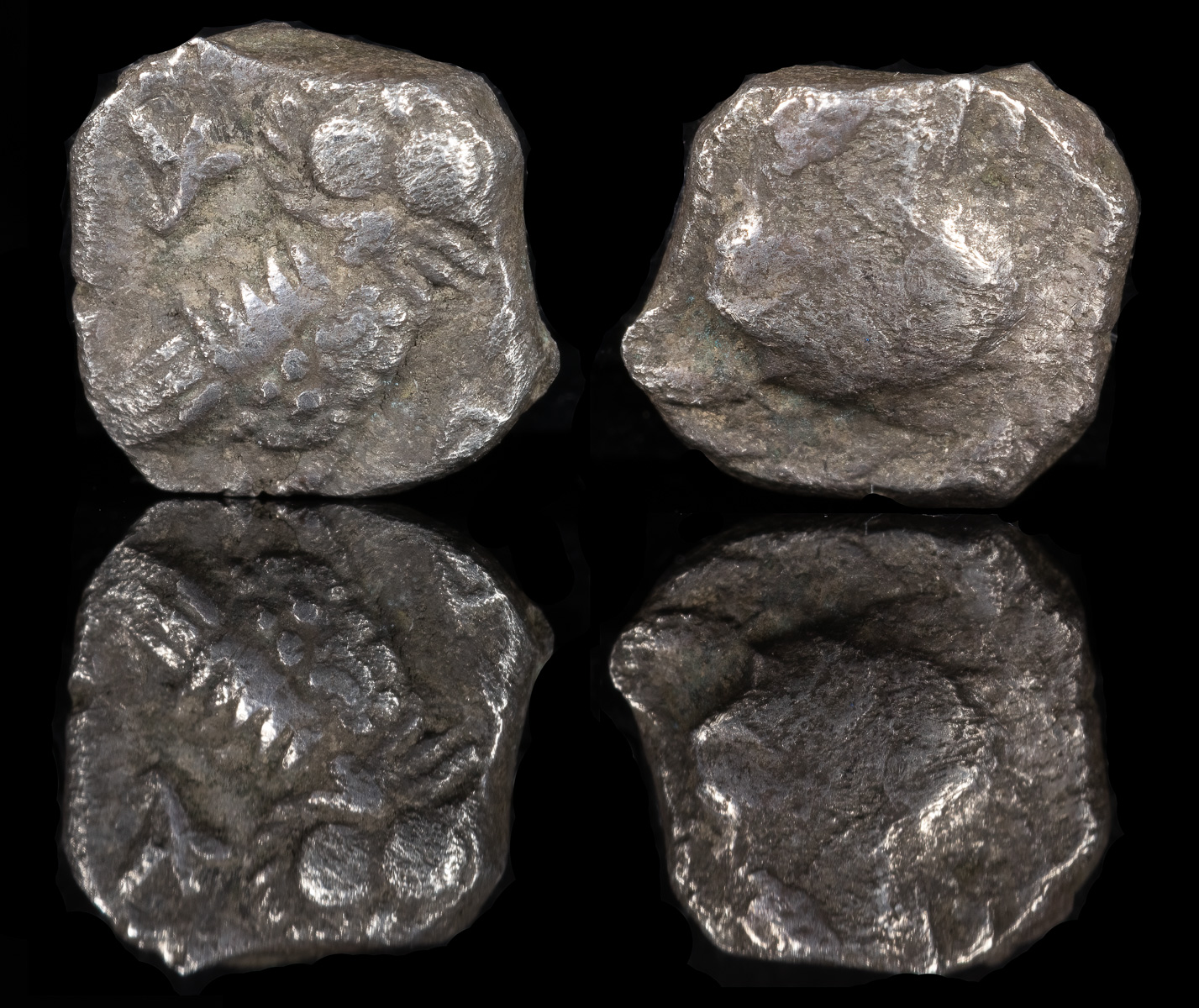Gerah
View All Tags
The Gerah was a small denomination of coin used in the ancient Near East, particularly in the context of the ancient Israelite and Judean monetary systems. It was one of the earliest forms of coinage in the region, and its use can be traced back to around the 5th century BCE, during a time when the practice of minting coins was beginning to spread throughout the ancient world. The Gerah is most commonly associated with the biblical and Jewish monetary systems, reflecting the integration of coinage into the everyday life and economy of the ancient Israelites.
The Gerah was a very small unit of currency, typically considered to be a fraction of a shekel, which was the primary coin used in the region. It was valued at one twentieth of a shekel, making it a minor unit of exchange. As such, the Gerah was often used for small transactions, serving as a practical currency for day-to-day purchases, such as food, goods, and services. While the shekel was more commonly used for larger transactions and more significant exchanges, the Gerah played a crucial role in facilitating smaller-scale commerce.

JUDAEA, Achaemenid Province (Yehud)
AR Gerah 7.2mm, 0.6g
Circa 375-332 BCE.
Helmeted head of Athena right / Owl standing right, head facing; lily and crescent to left, YHD (in Phoenician) to right.
MCP YHD .Hendin 1050; cf. HGC 10, 435
Ex Holyland Ancient Coins